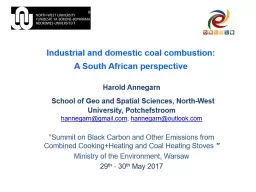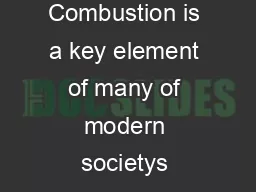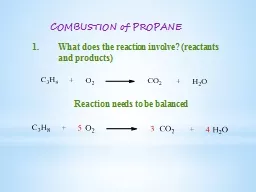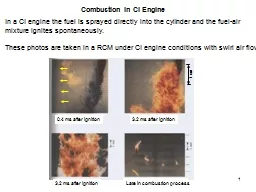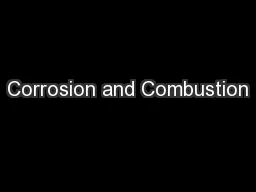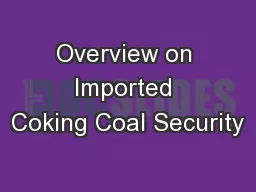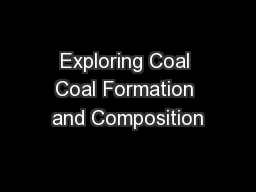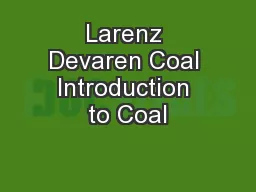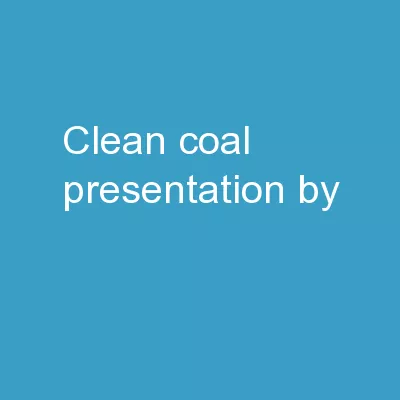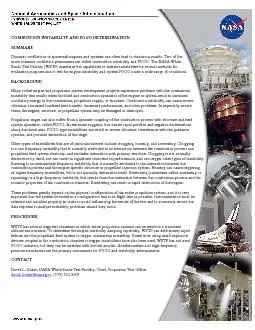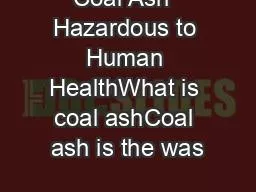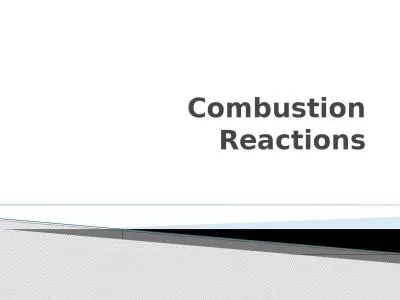PPT-Industrial and domestic coal combustion:
Author : giovanna-bartolotta | Published Date : 2017-10-17
A South African perspective Harold Annegarn School of Geo and Spatial Sciences NorthWest University Potchefstroom hannegarngmailcom hannegarnoutlookcom Summit
Presentation Embed Code
Download Presentation
Download Presentation The PPT/PDF document "Industrial and domestic coal combustion:" is the property of its rightful owner. Permission is granted to download and print the materials on this website for personal, non-commercial use only, and to display it on your personal computer provided you do not modify the materials and that you retain all copyright notices contained in the materials. By downloading content from our website, you accept the terms of this agreement.
Industrial and domestic coal combustion:: Transcript
Download Rules Of Document
"Industrial and domestic coal combustion:"The content belongs to its owner. You may download and print it for personal use, without modification, and keep all copyright notices. By downloading, you agree to these terms.
Related Documents

